World Water Day
At 2030 Builders, we have a deep passion for reducing our water footprint and helping the industries we serve to do the same. We believe that every company has the power to make a real difference by taking action to change the way they use, consume, and manage water. That’s why we want to help companies implement these changes by working with their employees, distribution networks, suppliers, or any other stakeholders they may want to involve.
Now, let’s delve deeper into the issue of water scarcity and look
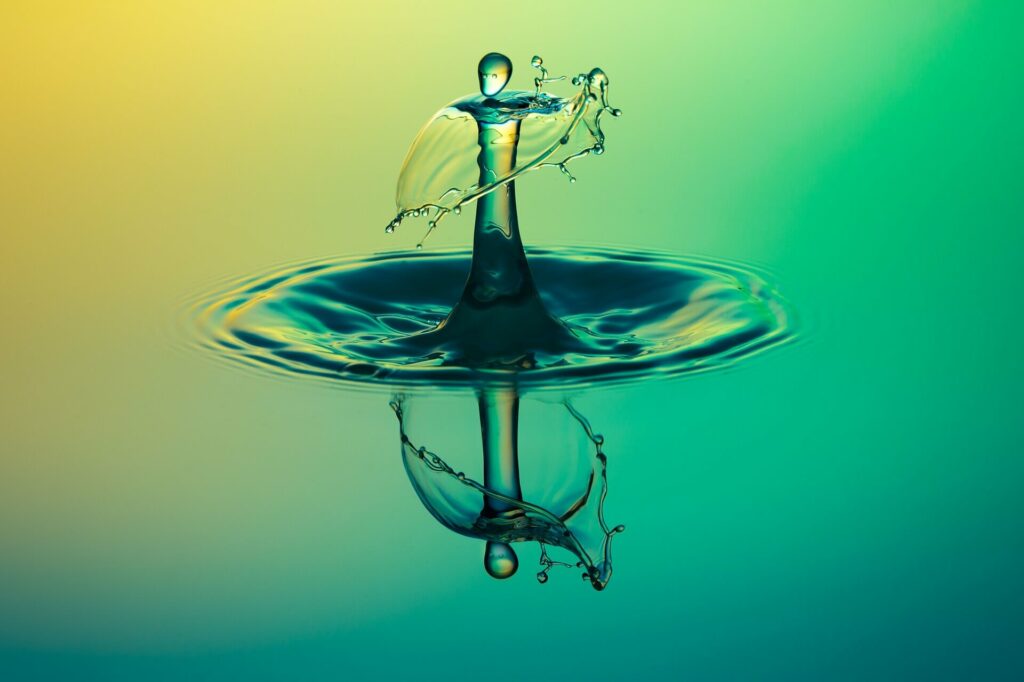
The issue of water scarcity
There’s plenty of water on Earth – 71% of our planet’s surface is covered with water. However, the freshwater for our basic survival needs only represents 3% of the world’s water. Of that, most freshwater is unavailable, as it exists in glaciers, polar ice caps, atmosphere, and soil. This leaves us with 0.5% of Earth’s water fresh and ready for us to use. As a result, two-thirds of people on our Blue Planet live in areas where access to freshwater is an issue. Water scarcity impacts every continent and, as a result, 1.1 billion people do not have access to water. By 2025, it is possible that almost half of the global population will reside in regions encountering water shortage. Within the next decade, nearly 700 million individuals might be forced to relocate due to severe water scarcity. In addition, by 2040, almost a quarter of all children around the world are expected to live in locations experiencing extreme water pressure. This is mainly a result of climate change, growing population, and land-use change.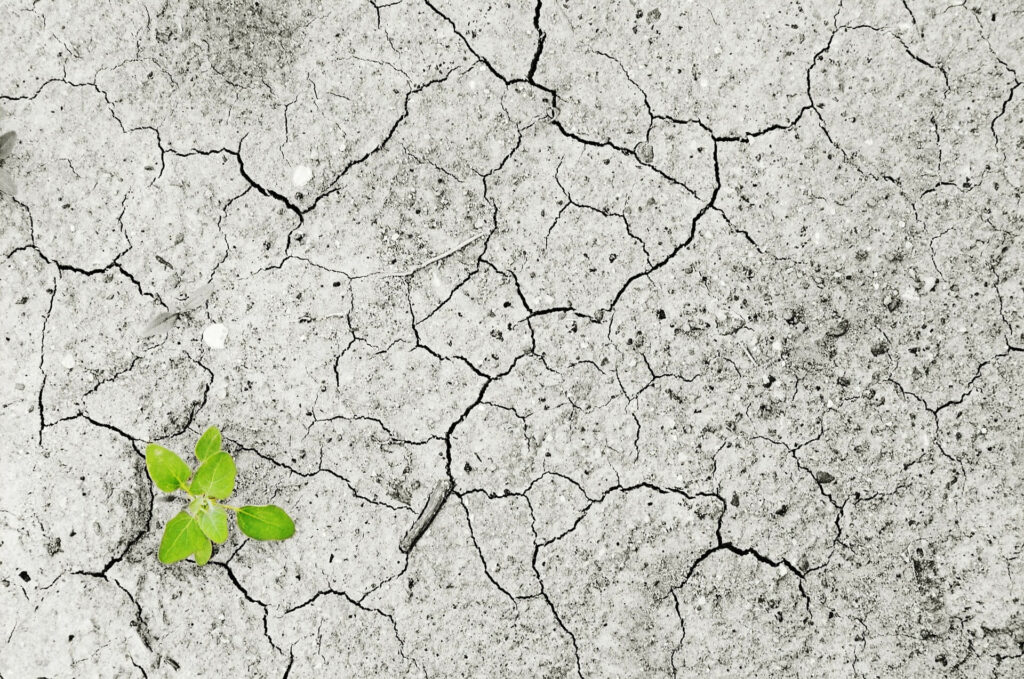
Which industries consume the highest volumes of water?
All industries have a certain water footprint. However, let’s get an overview of the ones that require the biggest amounts of freshwater.Agriculture
70% of the world’s freshwater is used for agriculture. In Europe, this sector requires 44% of freshwater resources. This is due to agriculture’s water use for irrigation, fertiliser and pesticide application, crop cooling, and frost control. As a result of the fertilisers and insecticides used in agriculture, it is also a major source of water pollution.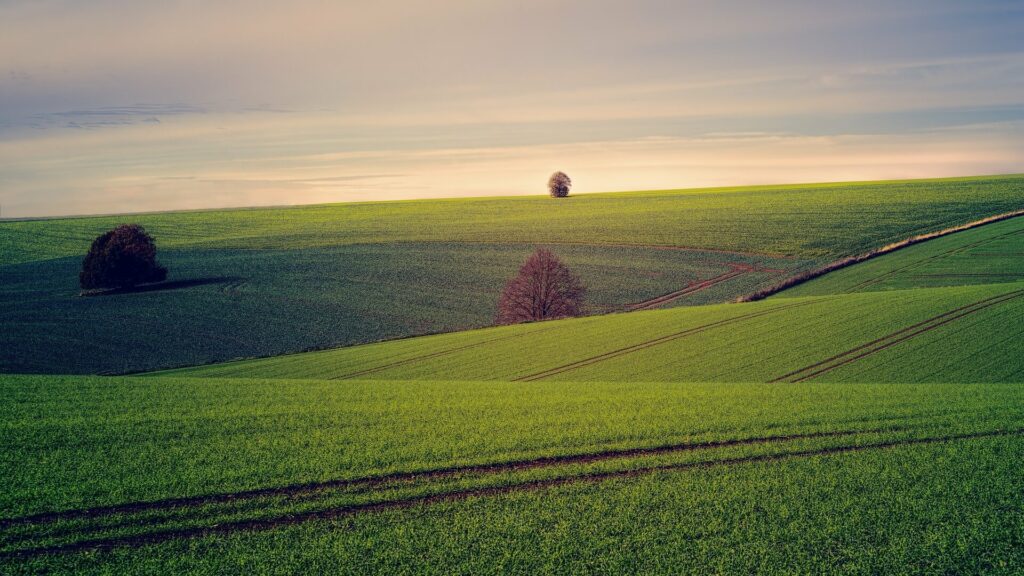
Fashion industry
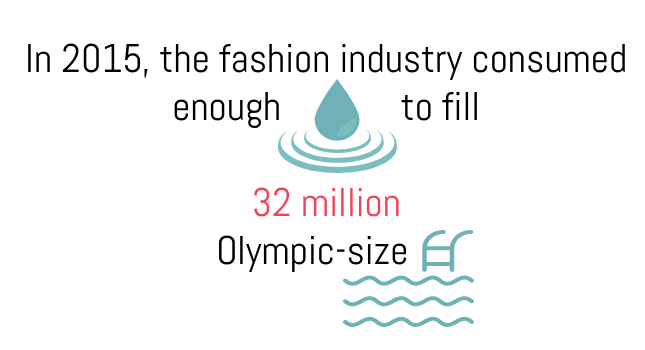

Energy industry
A study by E. S. Spang et al. (2014) estimated that the world’s energy production consumes approximately 52 billion cubic meters of freshwater each year. This significant water volume comes mainly from power plants needing it for their cooling processes. This technology is characteristic of fossil fuel and nuclear power plants. Moreover, bioenergy crops like sugarcane and rapeseed use large quantities of water for cultivating the plants. Processing the ethanol or biodiesel they generate also requires some high volumes of water. This is yet another reason to speed up the transition towards renewable energy sources likes wind and solar.Meat industry
Generally speaking, animal products like meat, dairy, and eggs are linked to higher environmental impacts than fruits and vegetables. This includes bigger levels of greenhouse gas emissions, land-use change, and water use. Meat production is a separate industry, but we have to remember it is intimately linked to agriculture. Some estimates say that one-third of the freshwater used for agriculture is a result of meat production. Beef is by far the most water-intensive food on our plates, followed by lamb, pork, goat, poultry, eggs, and cheese. It should be noted that other sources include nuts as the second-highest water consumer in the food industry. It takes 15,000 litres of water to produce 1 kilogram of beef and over 10,000 litres to bring 1 kilogram of sheep meat to our tables.
Beverage industry
According to the Beverage Industry Environmental Roundtable, 19 companies reported a total water use of 746 billion litres in 2017. This would be enough for over 1,081 million people to drink in one year. So to put things into perspective, the water used by 19 beverage companies would be enough to end the thirst of the ones who don’t have access to water. However, this report only takes into account a very limited part of the industry’s water footprint: the water used in the production processes, not the entire amount of water needed for the beverages (from cultivating the ingredients to manufacturing the bottles they come it). Looking at all the water that goes into beverages, from growing the necessary ingredients to packaging, the values are surprising, to say the least. It takes 350 litres of water to produce one litre of soda, while one litre of beer requires 155 litres of freshwater.
Construction, mining, and car industries
Finally, here are some thought-provoking facts about how these three industries consume water. In Europe, the mining and quarrying industry is responsible for about 4% of the water consumption, while the construction industry for around 3.4%. It takes around 148,000 litres of water to produce a car. Producing one tire only requires close to 2,000 litres. According to Treehugger, a ton of cement requires over 5,100 litres of water, while a ton of steel needs almost 235,000 litres. A single board of lumber takes 20 litres to grow. 2030 Builders can guide you on your journey in World Day engagement!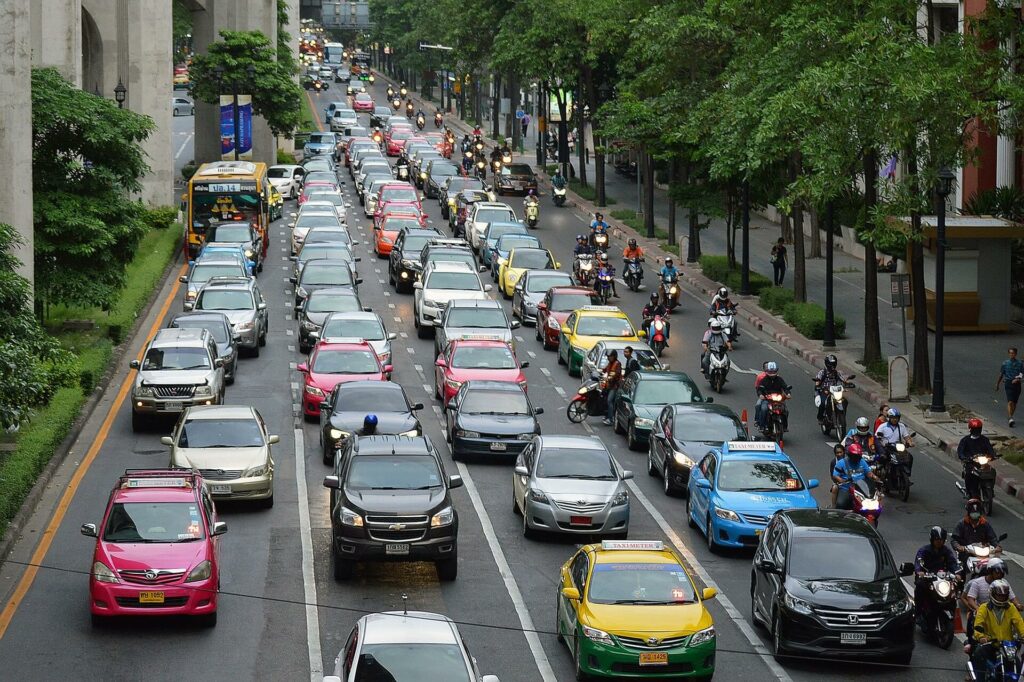
Water is an invaluable resource
It is hard to read these water consumption figures and imagine people dying of thirst every day. World Water Day is an opportunity for companies to challenge their consumption patterns and environmental targets. It is also a good time for organisations to remind their employees about their promises, engage them in taking action, and change mindsets and behaviours on the topic. 2030 Builders is determined to help your organisation reduce its water consumption, by focusing on ways to reduce water use, recycle the utilised volumes, and on alternative low-water solutions. We want to raise the employees’ awareness of water scarcity and challenge them to find ways of reducing their organisation’s water use, while also committing to decreasing their personal water footprint. Find out how to engage your employees in sustainability on your journey towards a more conscious approach to water consumption here.“Access to clean water changes everything; it’s a stepping-stone to development.” – Kathryn Reid, 2020, ‘Global water crisis: Facts, FAQs, and how to help’, World Vision




Quite interesting article. But we need to add more industries like pulp and paper, paint, sugar industry, chemical industry, pharmaceutical, dairy, etc
We are glad you found this content interesting! We completely agree that this is a problem many industries are contributing to. Thank you for your comment and the reminder of some of the other industries that are major water consumers. It definitely highlights the need for establishing a culture of sustainability within organisations in these fields!